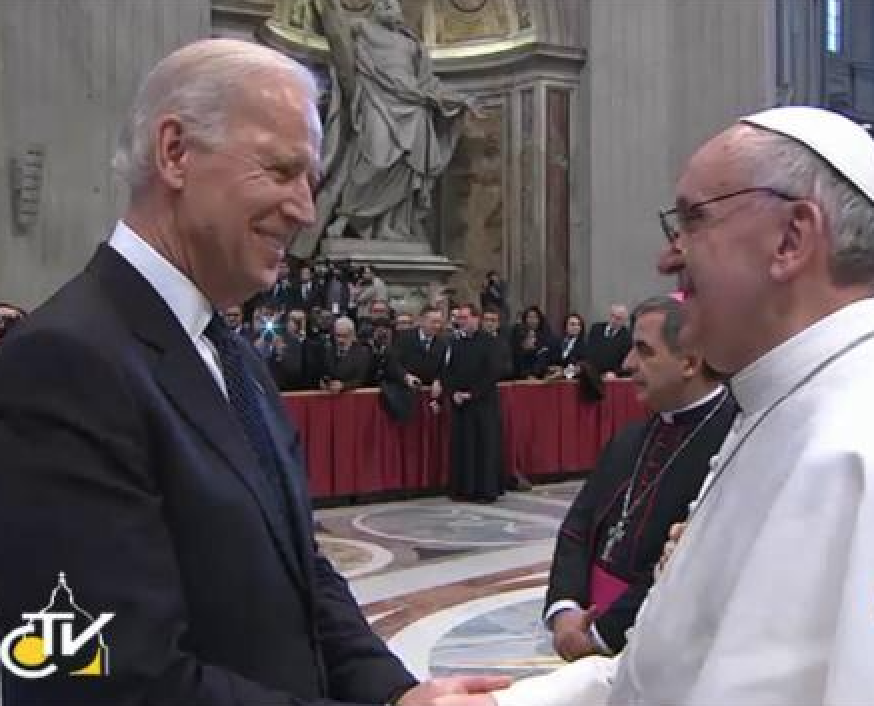This is the time of year where college graduations dominate the lives of many Americans. A year after these ceremonies were relegated to Zoom because of the pandemic, graduations are back this spring, with masks and social distancing in place, to again signal the sending off to undergraduates into the workplace.
For journalists, graduations have long served as an easy news stories. Above all, the graduation speaker is what makes these ceremonies news. At that vast majority of rites at elite and state schools the speaker is — to one degree or another — a cultural or political liberal.
Thus, is it any surprise that the ongoing tug-of-war between the U.S. bishops and President Joe Biden has spilled over into the graduation season? Well, it has in the form of the president not addressing graduates at the University of Notre Dame this year.
This news story was broken by Catholic News Agency. Here’s how the May 11 news story opened:
In a break with recent tradition, President Joe Biden will not be delivering the commencement address at the University of Notre Dame this year – although he was invited by the university to do so.
On Tuesday, the university announced that its May 23 commencement speaker will be Jimmy Dunne, a finance executive and trustee of the university. During the last three presidential administrations, U.S. presidents or vice presidents have addressed the university's commencement in their first year in office, but that trend will not continue in 2021.
Although a university spokesman told CNA that, as a policy, “we do not discuss who may or may not have been approached to address our graduates,” sources from the White House confirmed to CNA that Biden had indeed been invited by the university but could not attend due to scheduling.
Biden, just the second Catholic president since John F. Kennedy in 1960, has not been shy about mentioning his faith in public.
While he’s attended Mass regularly on Sundays, Biden supports taxpayer-funded abortion in defiance of the U.S. bishops’ conference and, as vice president, he performed two same-sex marriage rites. The Biden administration has also started to roll back restrictions on public funding of abortion providers, has supported the expansion of LGBTQ rights and continues to wage a legal battle to keep a mandate in place for doctors to provide gender-transition surgeries.






